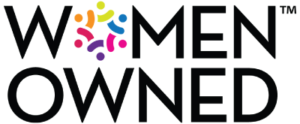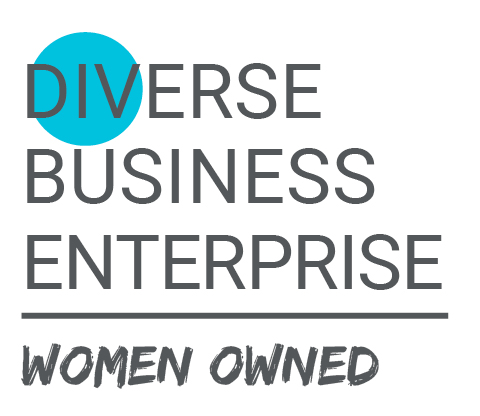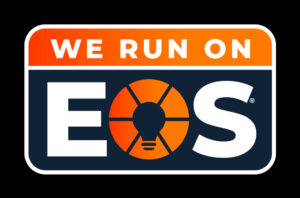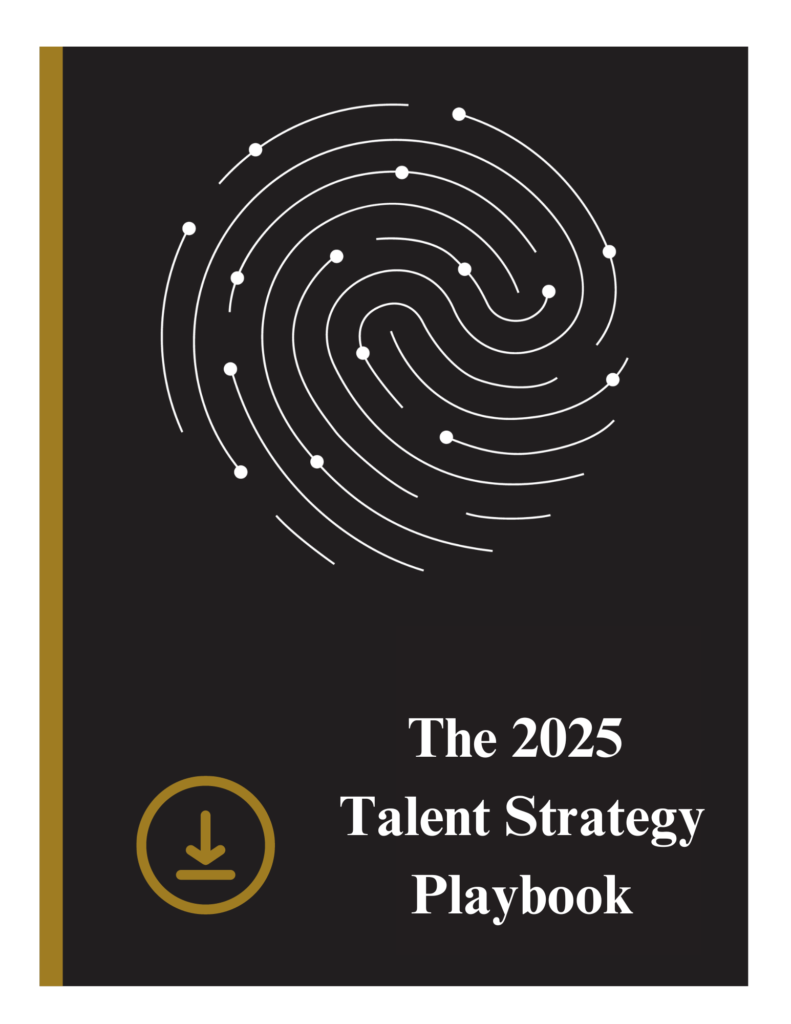by Ashley Ward
As organizations grow and evolve, it becomes increasingly important to maintain a cohesive and positive workplace culture. Technology plays a pivotal role in managing and enhancing company culture. From facilitating regular check-ins to recognizing employee achievements and gathering vital feedback, digital tools can significantly improve engagement and help maintain a positive workplace environment. By leveraging the right technology, companies can ensure that their culture remains strong, even as they scale and change.
Managing One-on-Ones
Purpose: Regular one-on-one meetings between employees and managers are crucial for providing constructive feedback, discussing career development, and addressing any concerns. These meetings help build a stronger relationship between employees and their supervisors, fostering trust and open communication.
Tools: Platforms like Lattice and 15Five offer structured templates and scheduling features that ensure these meetings are productive and meaningful. They allow both parties to prepare in advance, track discussions, and follow up on action items. By keeping a record of these meetings, managers can monitor the progress of their employees, ensuring continuous development and addressing employee needs promptly.
Employee Recognition: Kudos
Purpose: Recognizing employees for their hard work and achievements can significantly boost morale, increase job satisfaction, and encourage a positive culture of appreciation within the company. When employees feel valued and acknowledged, they are more likely to be engaged and motivated in their work.
Tools: Platforms like Bonusly and Kudos enable employees and managers to give real-time recognition that is visible company-wide. These tools integrate seamlessly with popular communication platforms like Slack and Microsoft Teams, making recognition a natural part of everyday work. By publicly acknowledging accomplishments, these platforms help create a supportive and inclusive environment where everyone feels appreciated.
Analyzing Behavioral Themes
Purpose: Understanding common behaviors and patterns within a team can help in aligning work styles, improving collaboration, and addressing any potential issues before they escalate. By analyzing these behaviors, leaders can gain valuable insights into team dynamics and individual needs.
Tools: Tools like Culture Amp and Qualtrics offer advanced features to analyze behavioral trends and provide actionable insights. These platforms can help leaders make informed decisions about team dynamics, identify areas where additional support may be needed, and tailor interventions to foster a more harmonious and productive work environment.
Employee Engagement Surveys
Purpose: Regularly assessing employee sentiment and engagement is crucial for identifying areas of improvement, reinforcing strengths, and ensuring overall employee well-being. Engagement surveys provide a structured way to gather feedback and understand how employees feel about various aspects of their work and the organization.
Tools: SurveyMonkey and Officevibe specialize in creating customizable engagement surveys that offer detailed analytics on employee satisfaction, pain points, and other critical metrics. These platforms allow companies to benchmark their results against industry standards, providing valuable context for strategic planning and decision-making.
Measuring Team Dynamics
Purpose: Understanding how teams interact and work together is essential for identifying potential issues and optimizing collaboration. Effective team dynamics are key to achieving high performance and maintaining a positive work environment.
Tools: Humanyze and Plum offer advanced analytics on team dynamics, analyzing communication patterns, collaboration efficiency, and other relevant metrics. These tools can provide insights into areas where teams can improve, helping to prevent conflicts and enhance overall productivity. This technology is particularly crucial for remote teams, where digital interaction is the primary mode of communication.
Integrating technology into the management of company culture not only simplifies many HR tasks but also provides deep insights that were previously difficult to gather. By choosing the right tools for each aspect of culture management, organizations can foster a more engaged, productive, and happy workplace. Technology can help bridge the gap between employees and management, ensuring that everyone feels heard, valued, and supported. As companies continue to grow and evolve, leveraging technology will be essential in maintaining a strong and positive company culture.



















